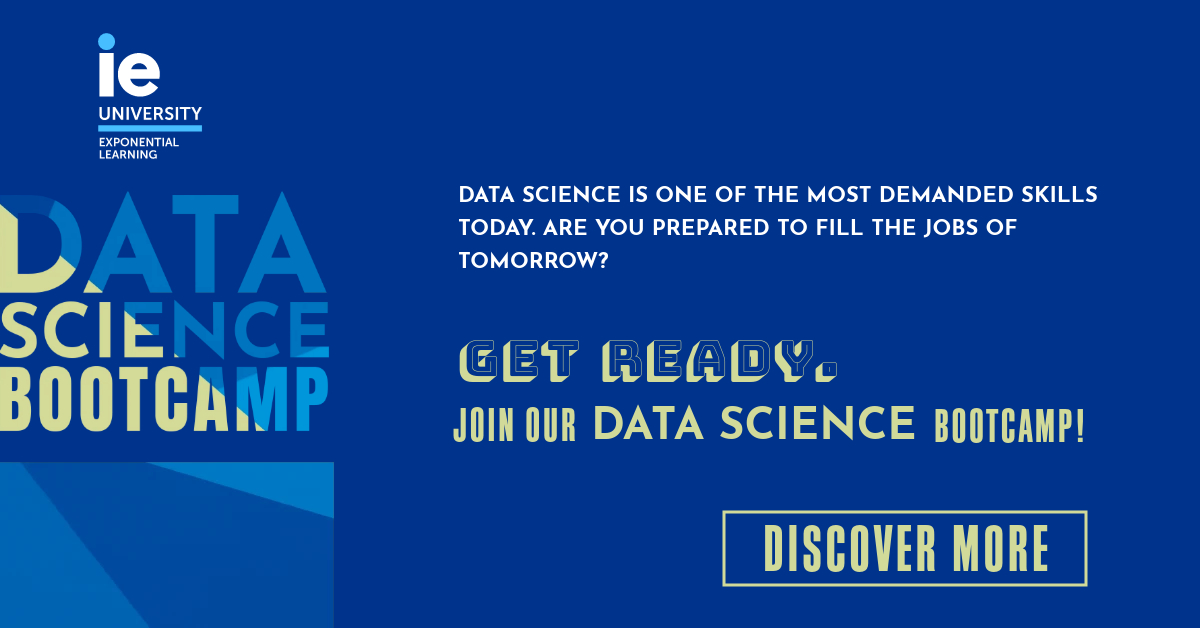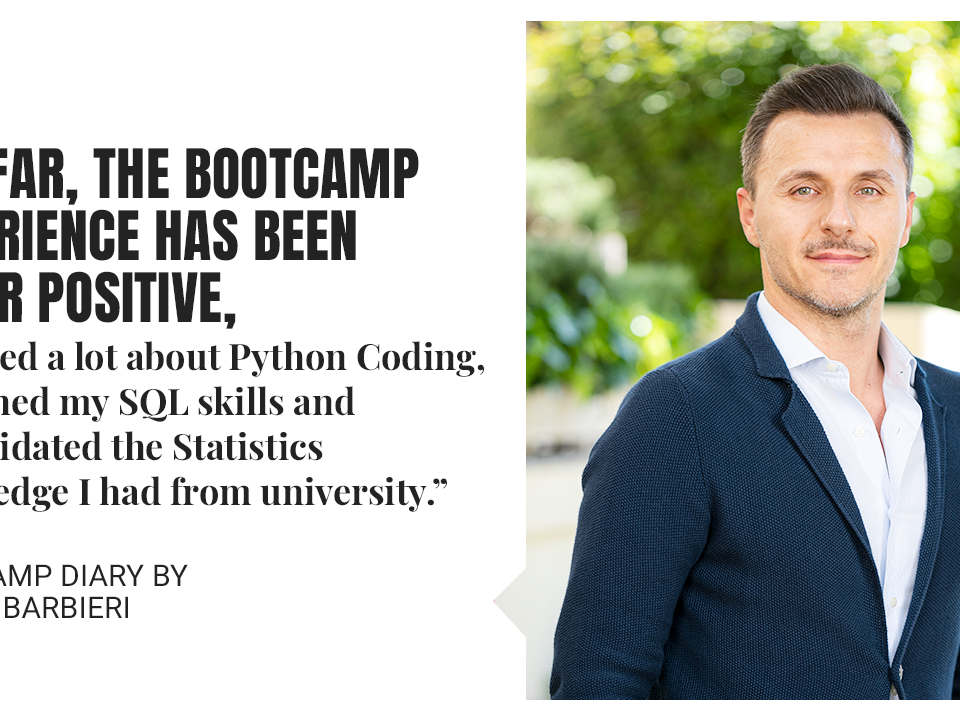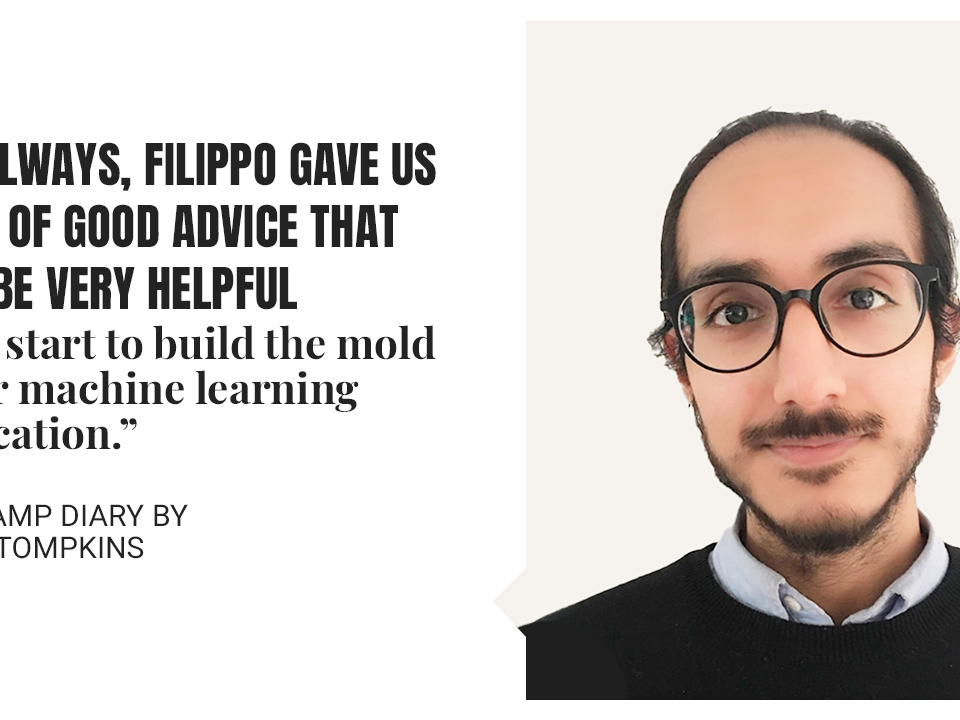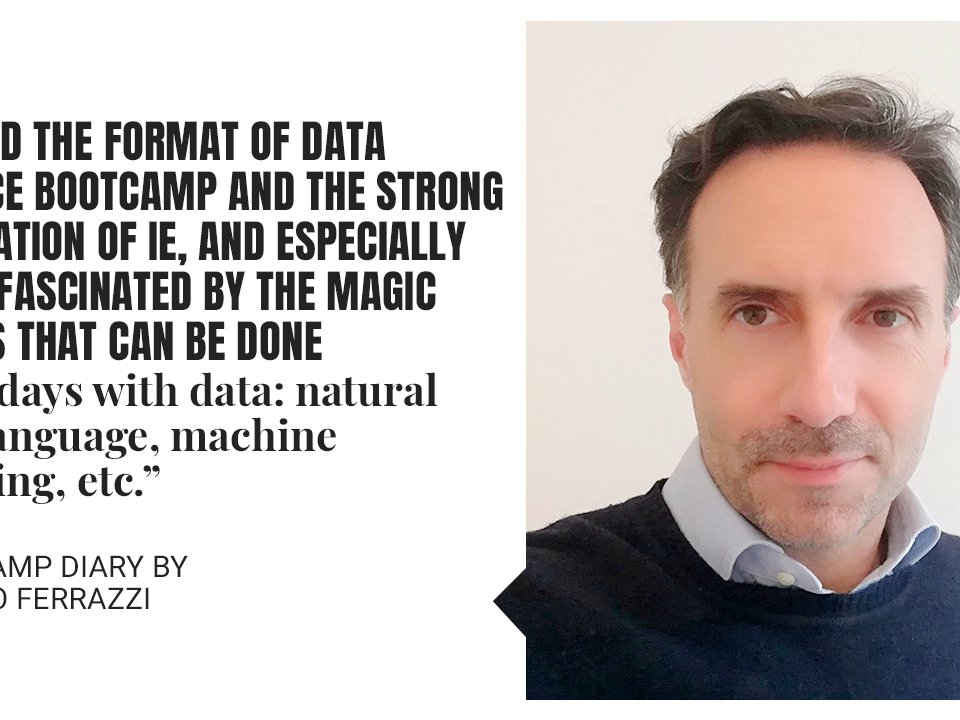THE MISSING PIECE OF THE SKILLS MISMATCH PUZZLE | BOOTCAMP DIARY BY ANNA VELYKA
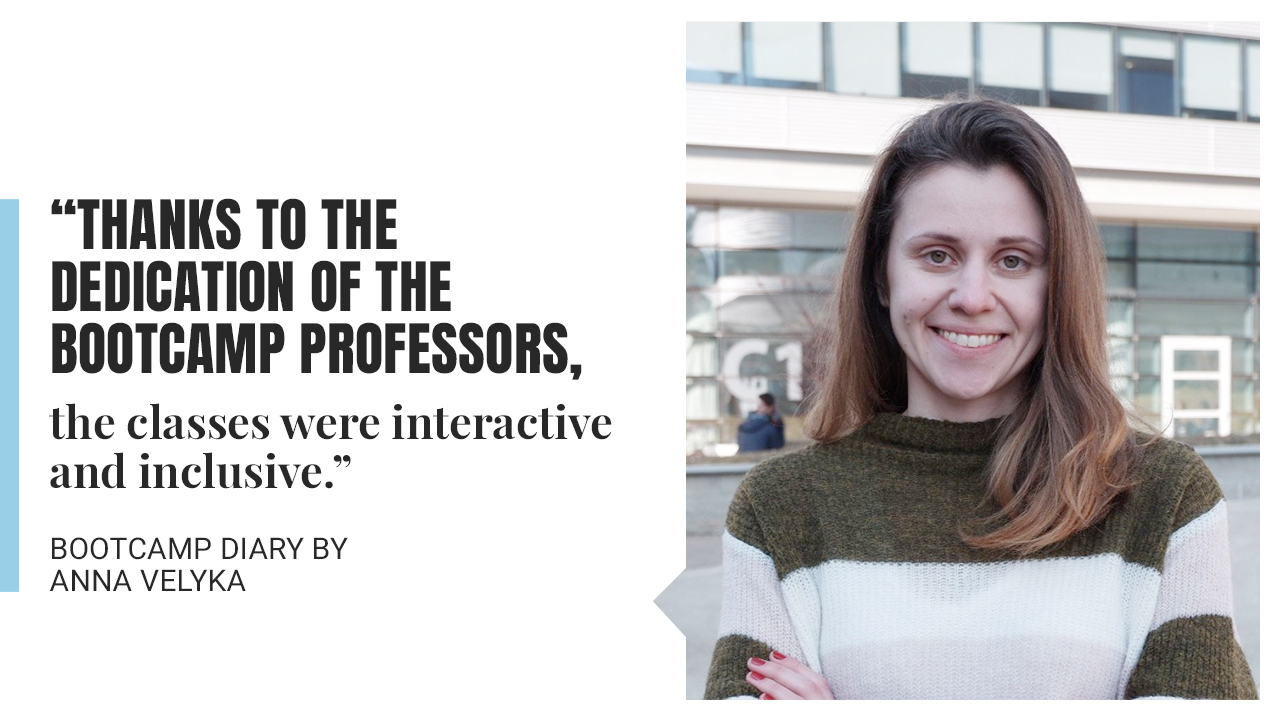
My name is Anna Velyka and I’m from Kyiv, Ukraine. My professional journey as an economist began in my home country and continued in the European Union, where I decided to stay for a little longer to get my Ph.D. In 2016, the idea of “skills mismatch” as a form of labor-market friction that threatened millions of jobs—and the productivity of dozens of countries—was gaining popularity in both the academic and business worlds. Home to the International Labour Organization’s training center and as one of the unfortunate leaders in youth unemployment, Italy seemed like the right place to delve into this subject—aside from the Mediterranean climate and delicious food.
In a nutshell, “skills mismatch” refers to when the skills possessed by the labor force don’t match what employers are looking for. In 2020, the global labor force reached a total of 3.386 billion people. That same year, according to various estimations by international organizations, between 26% to 38% of global workers had jobs that didn’t match their level of education. On the one hand, these figures indicate the inability of the education systems and global economic development to keep up with technological change. And on the other hand, the ever-increasing number of under- and over-educated workers reveals the lack of structured communication between educational institutions and the private sector.
To my greatest surprise, the first mismatch that I discovered after starting my Ph.D. was actually in my educational background. It turned out that while all the previous academic experiences provided me with a sound theoretical basis to tackle this research topic, my quantitative skills fell short. And despite the happy ending to my Ph.D. journey and several years in IT consulting, here I am, embarking on a new adventure to improve my data analysis skills at the IE Data Science Bootcamp.
The organizers were very thoughtful in giving us a smooth start to the program. We spent the first week learning the basics of Python so we could start using one of the languages of data science. Although we are gradually regaining control of our lives following the pandemic, the program remains hybrid (face-to-face and virtual). But, thanks to the dedication of the Bootcamp professors, this didn’t prevent classes from being interactive and inclusive.
The majority of people in my group had also studied economics. Although I felt my prior educational experience was lacking this knowledge, I was relieved to learn that I wasn’t the only economist needing to develop my quantitative analysis skills. Some of the participants wanted to improve in their current profession, while others were ready to conquer new professional horizons. After these three intense months of studying the inner workings of data science, we’ll all have one common achievement—we’ll no longer be intimidated by data. Of course, this training format will not solve the problem of the global skills mismatch alone. But it offers an effective solution for young people to continue their professional development while taking into account the needs of employers, which in the long run will contribute to effective and dynamic economies.
